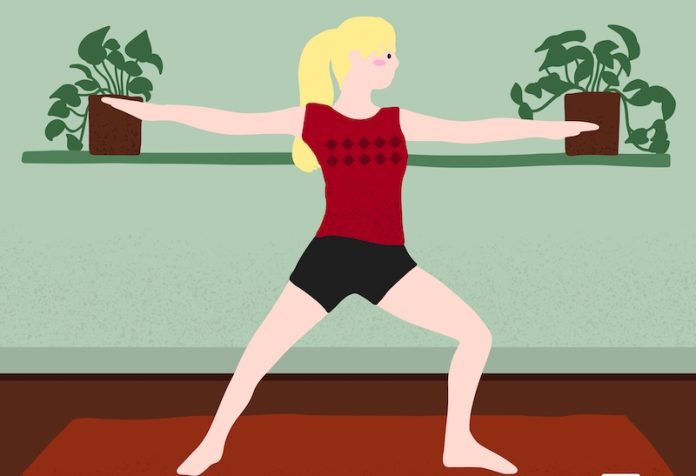
Parkinson’s disease is a neurological condition that primarily affects movement, causing symptoms such as tremors, stiffness, and balance problems. While there’s currently no cure for Parkinson’s, exercising can significantly help manage these symptoms.
Here’s an easy-to-understand look at the best types of exercises for Parkinson’s disease, based on research.
Research consistently shows that regular physical activity is beneficial in managing Parkinson’s disease. It helps improve flexibility, balance, and muscle strength, and can also enhance neuroplasticity—the brain’s ability to adapt and reorganize itself by forming new neural connections.
This adaptability is crucial for dealing with the physical declines seen in Parkinson’s.
Aerobic exercises, or “cardio,” play a key role. Activities such as walking, running, cycling, or swimming are highly recommended because they increase heart rate and improve cardiovascular health.
Importantly, these activities can help improve the gait issues common in Parkinson’s and reduce stiffness. Studies have found that engaging in regular aerobic exercise can lead to improvements in motor function for people with Parkinson’s, making daily tasks easier.
Resistance training, or strength training, is also crucial. This type of exercise involves working against a force to build muscle and strength. For those with Parkinson’s, strengthening muscles can be particularly beneficial in combating the muscle weakness and loss of muscle mass that comes with the disease.
Research suggests that exercises like lifting weights or using resistance bands can significantly improve mobility and balance.
Balance training is particularly important for those with Parkinson’s, as it can help reduce the risk of falls, a common and serious concern. Tai chi and yoga are excellent for this.
They focus on slow, controlled movements and deep breathing, which enhance physical balance and stability. Studies have shown that tai chi, in particular, significantly reduces the risk of falls among Parkinson’s patients by improving their stability and gait.
Flexibility exercises should not be overlooked. Stretching helps maintain muscle elasticity and joint mobility, which can lessen the rigidity experienced by Parkinson’s patients.
Activities like yoga or basic stretching routines that work on extending the muscles can alleviate stiffness, enhancing overall movement.
There’s also growing interest in non-traditional exercises like dance and boxing specifically tailored for Parkinson’s patients. Dance has been shown to be particularly effective because it involves rhythmic movement, which can improve motor control and coordination.
Similarly, boxing for Parkinson’s patients focuses on agility, hand-eye coordination, and full-body movements, which help improve function and can slow down the progression of symptoms.
Finally, aquatic exercises provide a unique benefit due to the buoyancy of water, which supports the body and reduces the risk of falls, making it safer for those with balance issues.
Swimming and water aerobics can improve flexibility, endurance, and strength, all while being gentler on the joints than land-based activities.
Incorporating a variety of exercises into a routine is recommended. A combination of aerobic, resistance, balance, and flexibility training can address the different challenges faced by Parkinson’s patients.
Starting slowly and increasing the intensity and duration of exercise sessions gradually is key to avoiding injuries and adapting to the physical demands safely.
It’s important for individuals with Parkinson’s to consult healthcare providers or a physical therapist specialized in neurological conditions to tailor exercise programs to their specific needs.
This personalized approach ensures safety and maximizes the effectiveness of their exercise regimen.
In conclusion, while Parkinson’s disease poses unique challenges to mobility and daily activities, engaging in a diverse array of exercises can significantly enhance the quality of life and independence.
Regular exercise not only helps mitigate the physical symptoms of Parkinson’s but also boosts mental health and overall well-being.
For more information about dementia, please see recent studies about brain food: nourishing your mind to outsmart dementia and results showing that re-evaluating the role of diet in dementia risk.
For more information about brain health, please see recent studies about the power of healthy fats for brain health and results showing that Mediterranean diet may preserve brain volume in older adults.
Copyright © 2024 Knowridge Science Report. All rights reserved.



